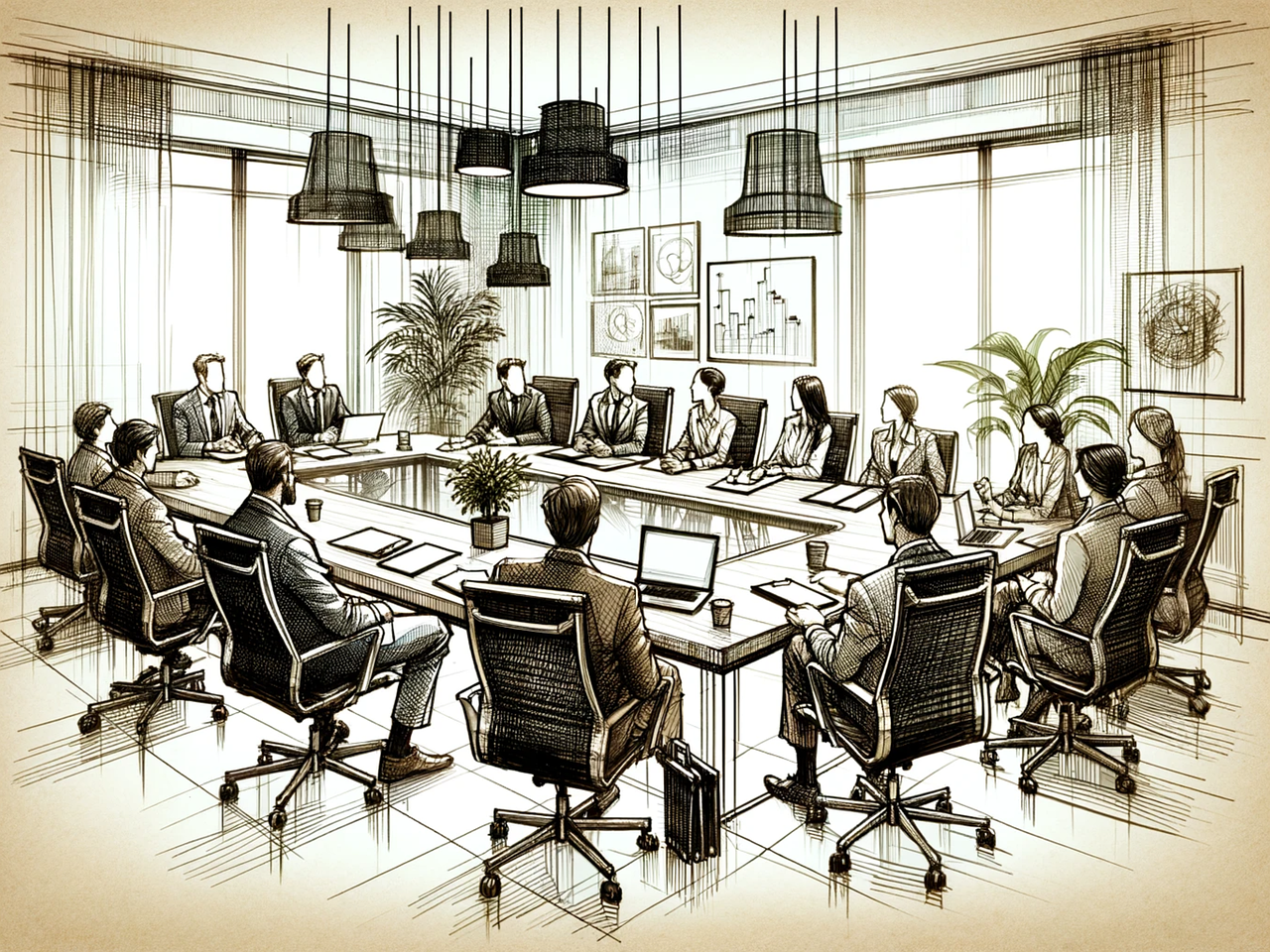Suppose you're involved in research and innovation programmes and initiatives (e.g., Horizon Europe, New European Bauhaus, etc.). In that case, you might have noticed the importance the concept of co-creation has gained over the years.
Co-creation is a fancy way of saying that you need to involve different members of society (maybe the quadruple helix innovation system rings a bell?) in developing or improving your solutions because, as we all like to think, the more brains, the better. During the co-creation process, businesses and users work together to understand each other and define ideas that can work for all, thus responding to the looming problems the EU is facing.
Now, let's picture the situation.
You or someone in your team sprinkled the term 'co-creation processes' all over the proposal, and now you're faced with this task. But how do you implement it? Where do you even start?
One way to apply co-creation to your project is by organising a design thinking workshop. Design thinking is a wonderful human-centric iterative process that activates all participants and makes them creators of their solutions. Involving people from the beginning will make them more accountable and likely to follow up on their suggestions instead of abandoning them in the format of an expensive-looking report nicely stored in the bottom drawer of their desks.
After praising how valuable this process is, let's see what you need to do if you decide to take on such an ambitious task.
-
Plan, plan, and plan
As with everything you want to control in life, plan. First, you must ask yourself what you aim to achieve and what challenge you want to solve. Then, write a detailed skeleton of your script. Include exercise length, number of people, how to split the groups, ice-breakers, an exhaustive list of activities, energisers, breaks, etc.
-
Involve the right people.
Will it be an open or closed workshop? Do you know who should participate, or do you have to run a communication campaign to reach the right people? Suppose the people you would like to have are outside your close circle. In that case, you need to give some weight to the communication activities and include rewards for their attendance and willingness to share valuable ideas with you.
Consider briefing your audience first and telling them the 'frame' of the workshop, i.e., the type of problem you want to tackle. For example, suppose your project is about developing automated robots that can chop trees in the forest. In that case, you may want to consider and turn into a challenge the ethical side of your idea, the gender dimension, and the environmental and economic impacts.
-
Don't underestimate the time.
Running an entire design thinking workshop usually requires at least 3-4 hours, but it can span 2-3 days, or you can deliver a flash one in 1 hour. If you have limited time, you want to do as much work beforehand as possible. Send surveys, forms, and materials you want your participants to acknowledge before the event.
-
Involve a facilitator and moderators.
Regarding facilitators, you may opt for someone internal or external to the company. What's essential is for this person to be highly organised, empathetic with the participants, assertive when needed, and use engaging communication skills.
Someone else to consider is the moderators. Group work is vital in design thinking, and you want someone who can engage and guide the conversation in each group.
-
Prepare the location
Study the location of your workshop. Look out for the empty walls and see how you can distribute the group around when you have to split the participants into small teams or when they have to do some individual work. Test the lighting, the seating, and the air! After many hours of intense work, the rooms can get stuffy, so let's make sure we can open the windows and let some fresh breeze come in. Also, remember to have refreshments, a coffee station and some fruit nearby.
Ensure all technicalities work, too: if you want to show a PPT or you'd like the groups to present something, make sure you have a stable internet connection, a projector, and some good-quality audio.
After dealing with some critical considerations, let's see the stages of your workshop and the primary outcomes of each step.
Design Thinking: The Main Stages
Made popular in the 1990s, Design Thinking puts people first. The word 'design' refers to 'create,' so don't make the mistake of linking it solely to designers but to everyone who wants to create, improve, define an experience or a product, or spark any growth. The most common design thinking stages are the following:
-
Empathise
Showing empathy is THE key. This part will probably use up a fair amount of the workshop time. Don't be stingy here, and make your participants understand 'the other.' How many times have we assumed problems another person may have, only to be embarrassed when sharing ideas far from matching the real issue?
You want people to engage in honest conversations. If you split people into pairs, allow 10-15 minutes for each person to describe the topic/situation/experience you want to learn from. The question can be framed as follows: what can you tell me about [experience/product/process]? Please describe this [experience/product/process] for me.
If your workshop participants are the users of the solution you aim to find, then it is perfect. If not, everyone will have to try to be in someone else’s shoes. All you have to do now is to mix the groups and ask them to be as descriptive as possible.
TIP: There is no room for big egos. We need to be active listeners and feel listened to.
-
Define
Take out your notes from the previous exercise. See which parts are most important to the other person. Is there anything that stood out? Summarise the findings into complete sentences that leave no room for misunderstanding. Ask the other group members to confirm. We will call those sentences ‘insights’.
-
Ideate
Now, take those insights and make them actionable. You can use the ‘How Might We’ sentence structure (e.g. How might we make our building users fill out a 1-minute questionnaire twice per week?), and make sure it’s not too detailed, not too broad, and does not hold the solution in itself. Once we have the question set up, we can prepare for the 'ideation' phase, the craziest phase of all! Everyone needs to let their imagination fly high and let go of any boundaries. The more ideas you write down, the better. In fact, quantity is more valued than quality. There are no 'bad ideas' – everything that is said in this session can be the spark to something else.
-
Prototype
Group participants will then have to pick a solution that can be valid for all target groups. At this stage, you can 'perfect' it and polish it. You can draw it, describe it, and pitch it. What's important is that it matches the user's needs, and everyone is pleased with it.
-
Test
Now, let's make sure it works! Just as startup people say, "fail fast, fail often." Immediately implement the solution you found so you can test it. Wait 1-3 months for its implementation; you'll need some time to see if it works and understand why. Send out a survey, organise calls, etc., and gather information. And if necessary, organise another workshop, but this time to refine the solution.
In conclusion, if you’ve promised to deliver a co-creation workshop or encountered some issues in your project implementation and are unsure how to proceed, book a few hours and organise a design thinking workshop. Involving diverse stakeholders and emphasising the human-centric approach empowers individuals to become active creators of their solutions, leading to impactful and sustainable outcomes.
I hope this simple guide has triggered your curiosity and you’re now eager to plan your first design thinking workshop. Please share with us your co-creation workshop experience. We’re keen to know!





